The Raspberry Pi Pico 2 W is a small yet capable board that unlocks a wide range of creative and practical weekend projects. It combines low cost, built-in Wi-Fi, and flexible GPIO support, making it ideal for anyone curious about electronics or automation. Whether you're just getting started or already have a few microcontroller projects under your belt, the Pico 2 W offers enough versatility to build something fun, functional, or just plain cool in a day or two. Here are five ideas that are affordable, approachable, and totally doable with just a weekend of tinkering.
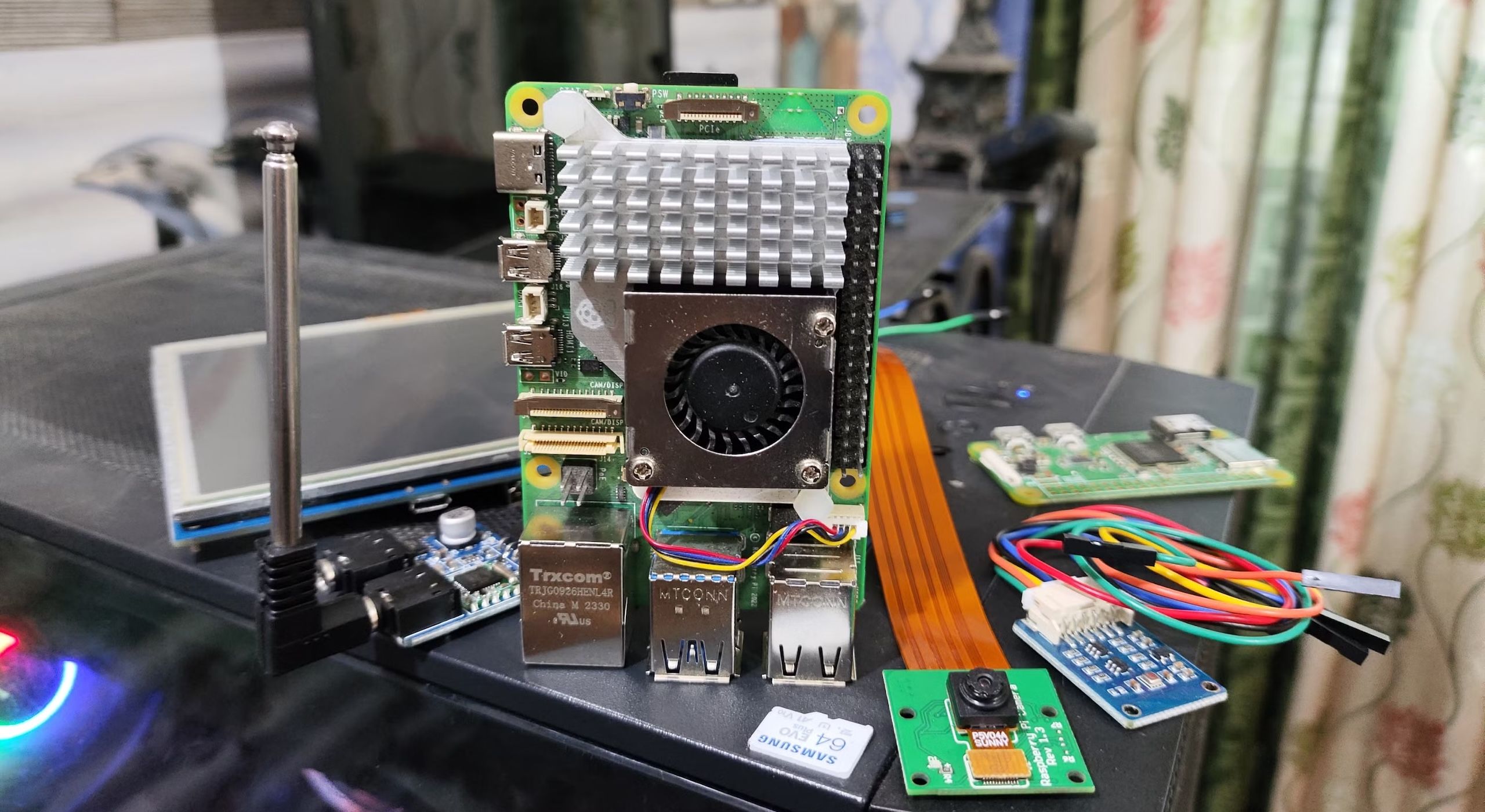
Related
5 Raspberry Pi projects you can complete in a weekend
If you've got a free weekend, why not use it to complete one of these useful Raspberry Pi projects?
5 Build a smart temperature monitor
Send real-time readings to your phone or browser
One of the easiest and most useful projects you can build with the Pico 2 W is a Wi-Fi-enabled temperature sensor. With just a DHT22 or BME280 sensor and a few lines of MicroPython or CircuitPython, you can start logging indoor climate data. The built-in Wi-Fi means you can push that data to a browser, a cloud dashboard, or even send alerts via email or Telegram. It’s an excellent project for monitoring a specific room, a pet enclosure, or even the temperature of your 3D printer’s enclosure.
Once you have the basic sensor reading data, you can extend the project in several directions. You might add humidity readings, calculate dew point, or track changes over time with a simple database. With lightweight dashboards like ThingSpeak or Adafruit IO, you don't need a backend server to make it worthwhile. The best part is that everything can be powered by a USB battery pack, making it portable if desired.
The wiring is simple and easy to prototype on a breadboard. You only need a few jumper wires and resistors to get started. This is a great beginner project because it builds confidence in reading sensors, writing Wi-Fi-enabled code, and presenting data in a usable way. Once you finish it, you’ll probably think of two or three more places around your home that could benefit from the same setup.
4 Make a Wi-Fi-connected macro keypad
Control apps or shortcuts with wireless inputs
A wireless macro pad built with the Pico 2 W can provide one-touch control over tasks such as muting your microphone, switching windows, or sending specific keystrokes. You can connect physical buttons to the GPIO pins and use them to trigger commands over Wi-Fi. While the Pico can't act as a USB HID device like the regular Pico, you can send inputs to a companion computer app using MQTT, HTTP, or WebSocket communication.
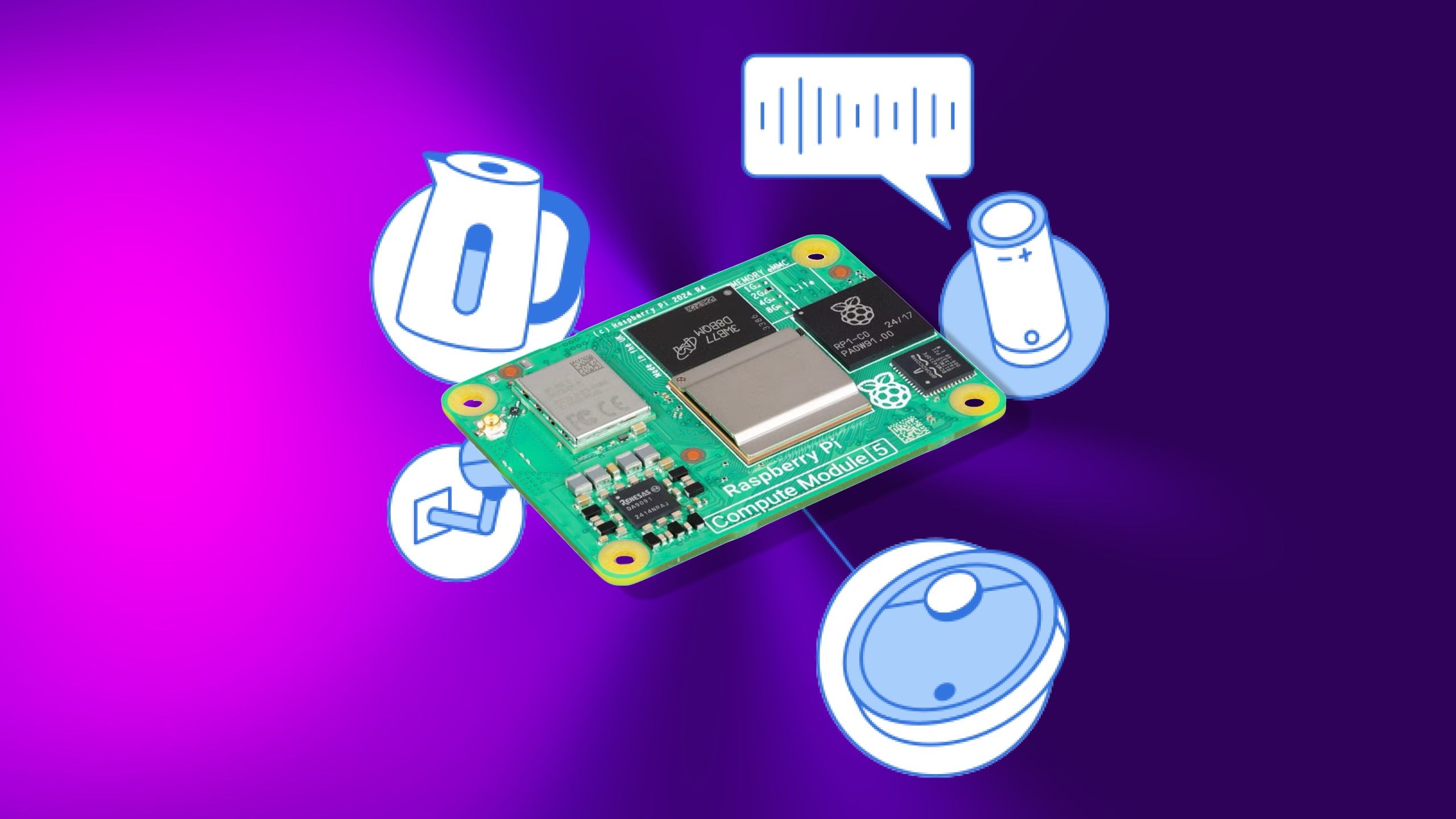
Related
4 useful IoT projects you can build with the Raspberry Pi zero W
If your looking for an SBC like the raspberry Pi for compact IoT projects, look no further than the Raspberry Pi Zero W
This makes it perfect for tasks such as OBS control panels, scene selectors for Home Assistant, or remote triggers for scripts running on your PC. A few tactile switches, a simple enclosure, and a few hours of coding can result in a highly personalized tool. If you prefer a no-code or low-code option, tools like Node-RED or Home Assistant can interpret button presses with almost no programming required.
Because the Pico 2 W uses so little power, you can keep it running constantly without much concern. You might also expand this idea by adding an OLED screen to show button labels or status feedback. Whether you’re looking for a DIY Stream Deck alternative or a more innovative way to automate repetitive tasks, this project offers significant practical value.
3 Set up a mini weather web server
Host your own weather station locally
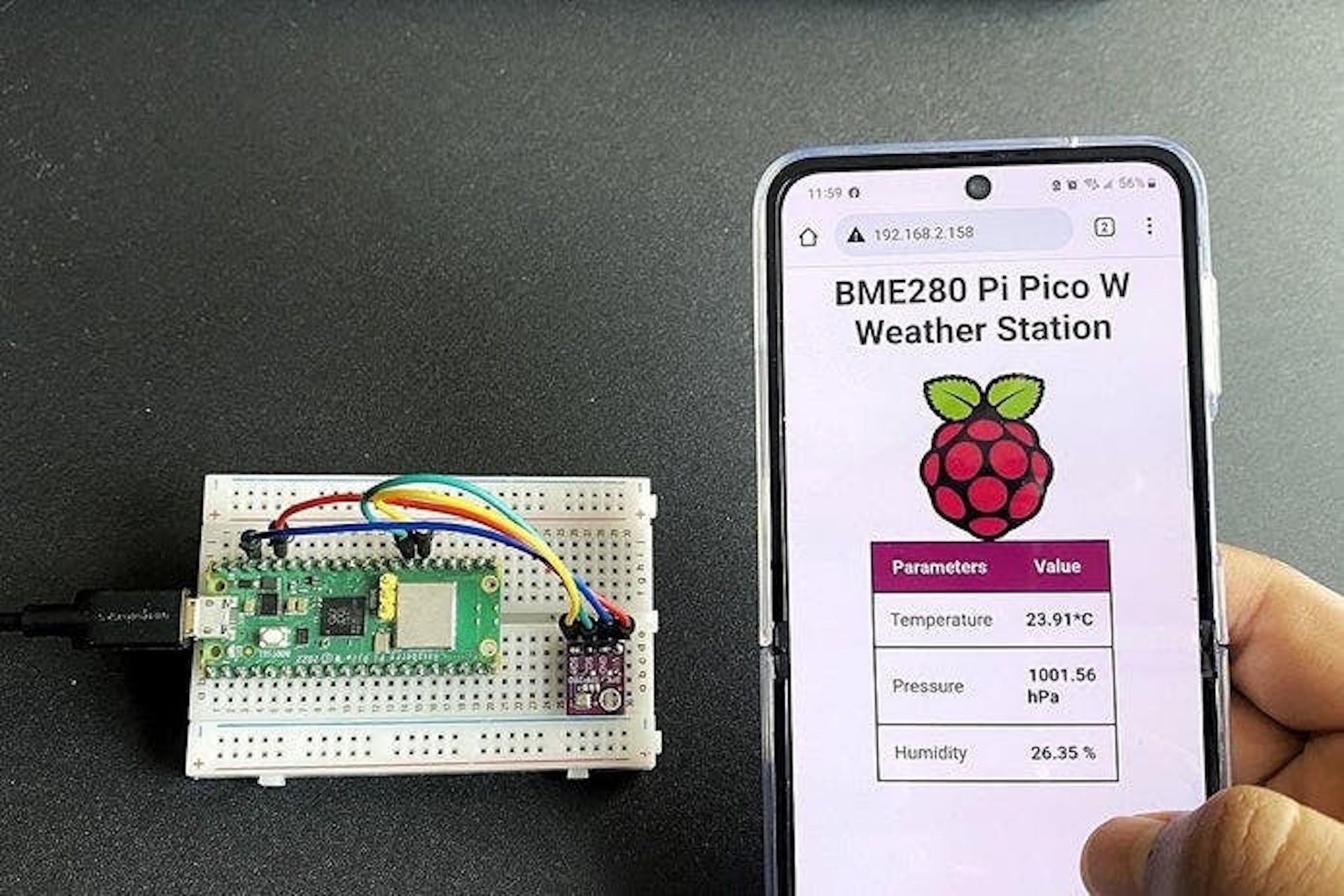 Source: diy-projects-lab/Electromaker
Source: diy-projects-lab/Electromaker
With the Pico and a few sensors, you can run your own Wi-Fi-enabled weather station that serves its data as a basic web page. This project transforms your Pico 2 W into a tiny web server, accessible to anyone on your local network. Even a simple HTML page with temperature, humidity, and barometric pressure looks fantastic when you build it yourself.
You can use MicroPython's built-in socket libraries to serve the web page or try a higher-level library like Picoweb for a cleaner structure. Hosting everything on the Pico makes it feel more responsive and self-contained. If you want to get fancier, you could even include live charts using JavaScript libraries like Chart.js, with data pulled from an endpoint you serve on the board itself.
This is one of those projects that remains useful long after you’ve finished it. Leave the Pico 2 W running in your workshop or garden, and check the data from your phone or laptop at any time. And because it's all local, you’re not reliant on any external APIs or services that could change or go down.
2 Automate your lights with motion
Trigger LEDs or relays with Wi-Fi updates
 Source: craig richardson/Hackster
Source: craig richardson/Hackster
Creating a motion-activated lighting system is easier than you might expect with a Pico 2 W and a basic PIR sensor. You can detect motion and turn on LEDs, smart plugs, or relay modules in response. Add in the Wi-Fi capability, and you can send updates to a smart home platform or even trigger remote devices.
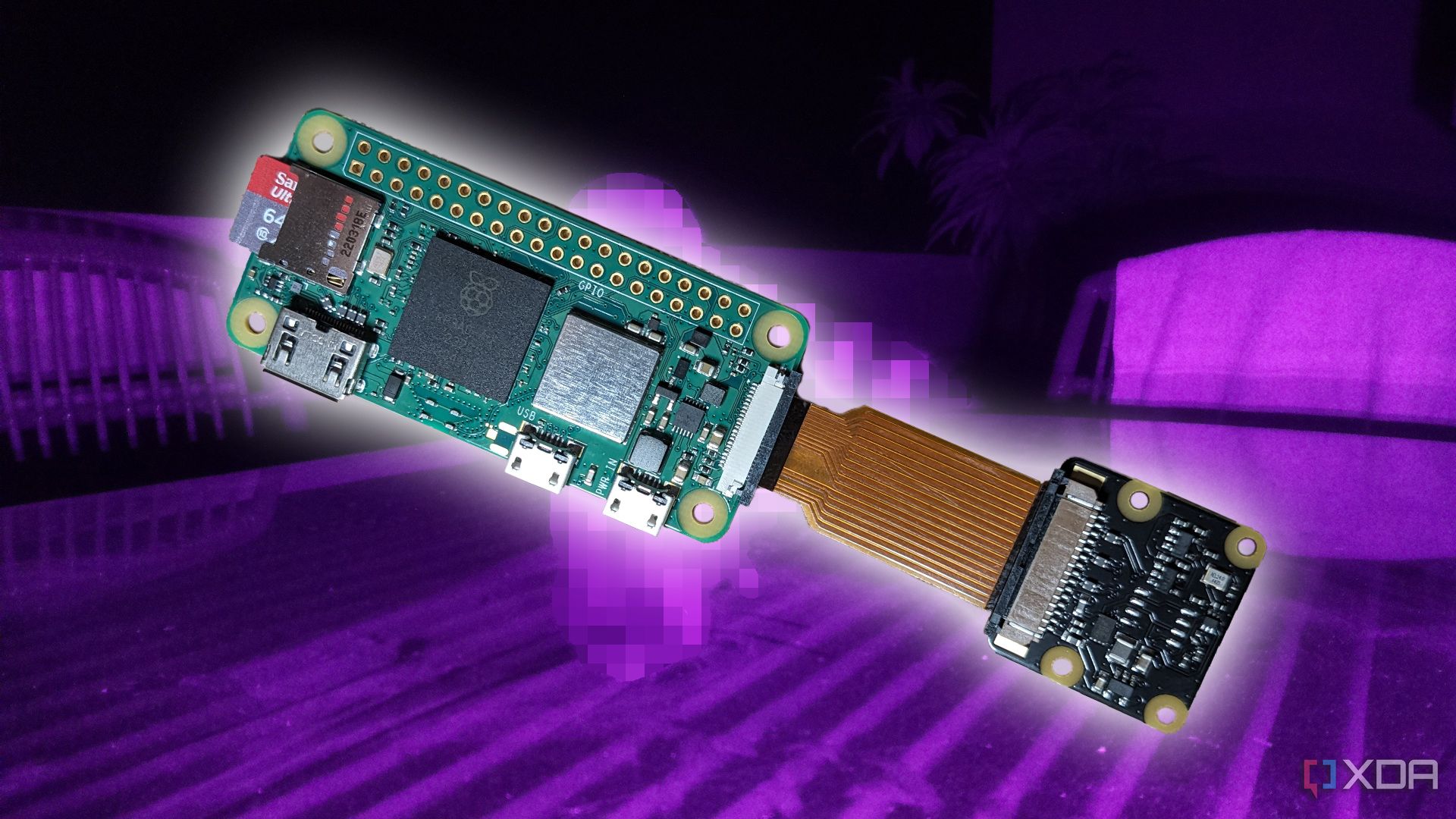
Related
5 reasons to try a Raspberry Pi Zero W for compact IoT projects
Here are five reasons you should be using the Raspberry Pi Zero W for your next IoT project
Start with just local control. When the PIR sensor detects movement, it activates an LED for a preset duration. You can then expand the logic to notify your phone, log motion events, or control other devices through an API or MQTT. If you use Home Assistant, the Pico can become a new sensor node in your network almost instantly.
The responsiveness is solid, and the components are cheap. This project is great for entryways, closets, or even as a basic security alert system. You could even combine it with sound alerts or light animations to make it more interactive or fun.
1 Create a connected pet feeder timer
Use scheduling and Wi-Fi control for feedings
 Source: PicoBricks
Source: PicoBricks
If you’ve ever wanted a simple, automated way to schedule pet feeding reminders or alerts, the Pico 2 W can help. This project involves using a small servo to trigger a chute, latch, or gravity-fed opening. You can schedule feeding times, control it manually via a web interface, or log feed events to a cloud service.
You don’t need a full-blown app. A basic web page with one or two buttons can trigger the servo through the Pico’s GPIO. For timing, you can use Network Time Protocol (NTP) to keep the schedule accurate, even if the Pico 2 W resets. It's an excellent introduction to servo control, web interfaces, and task automation.
You can also build in manual override features, allowing you to skip or delay a feeding with the tap of a finger on your phone. If you’re already running a smart home server, this can easily integrate into that system. The mechanical part is flexible, too, since you can repurpose old containers or 3D print a simple mechanism.
Simple boards make smart projects possible, even in just a weekend
The Raspberry Pi Pico 2 W shows that you don’t need expensive hardware to build something useful, clever, or fun. Each of these weekend projects teaches a different aspect of working with microcontrollers, while offering practical outcomes you’ll actually want to use. Whether it’s a local server, a home automation tool, or a wireless controller, the Pico 2 W delivers on flexibility and value. The $8 price point makes it easy to experiment, so you can keep learning without breaking your budget.
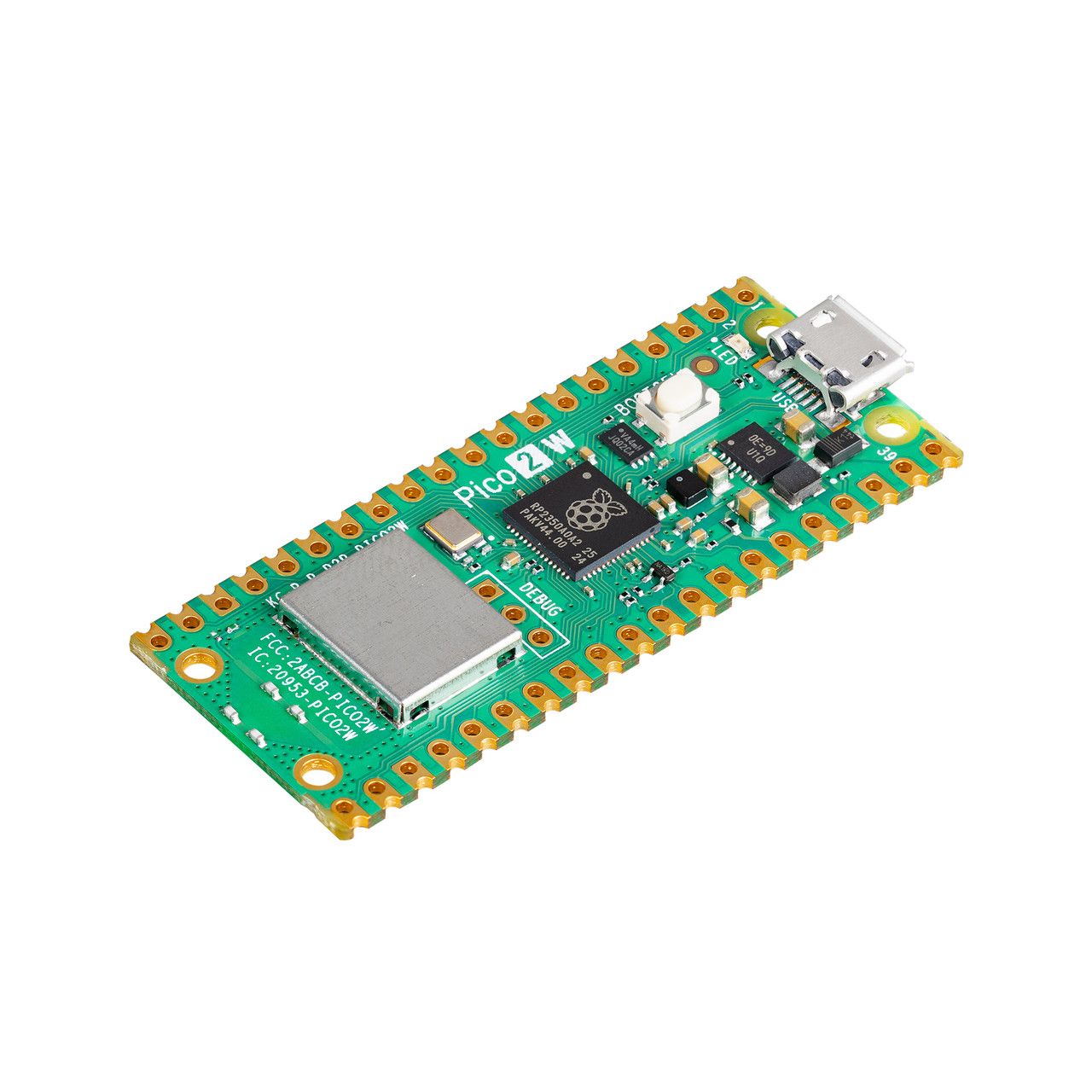
.png)



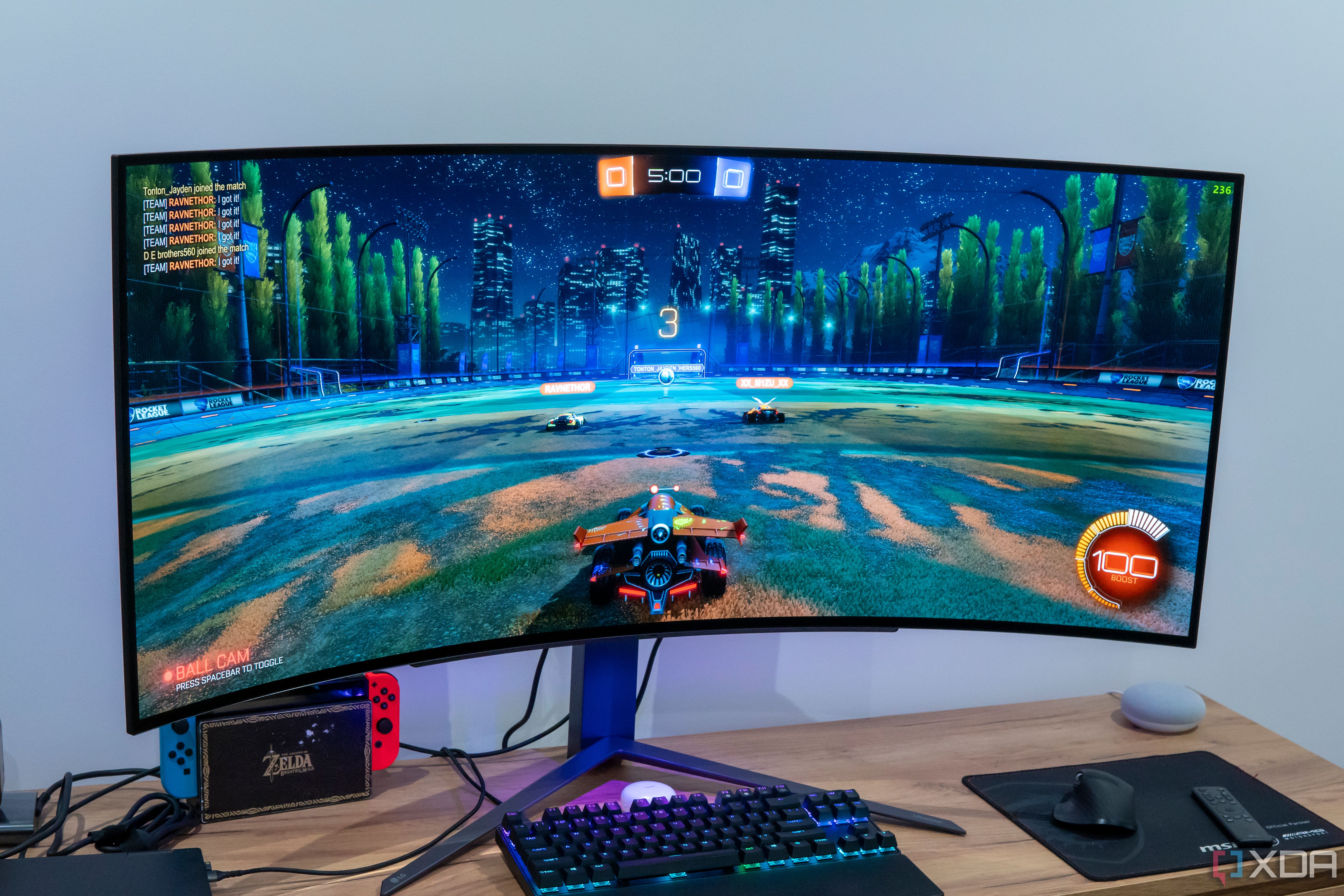
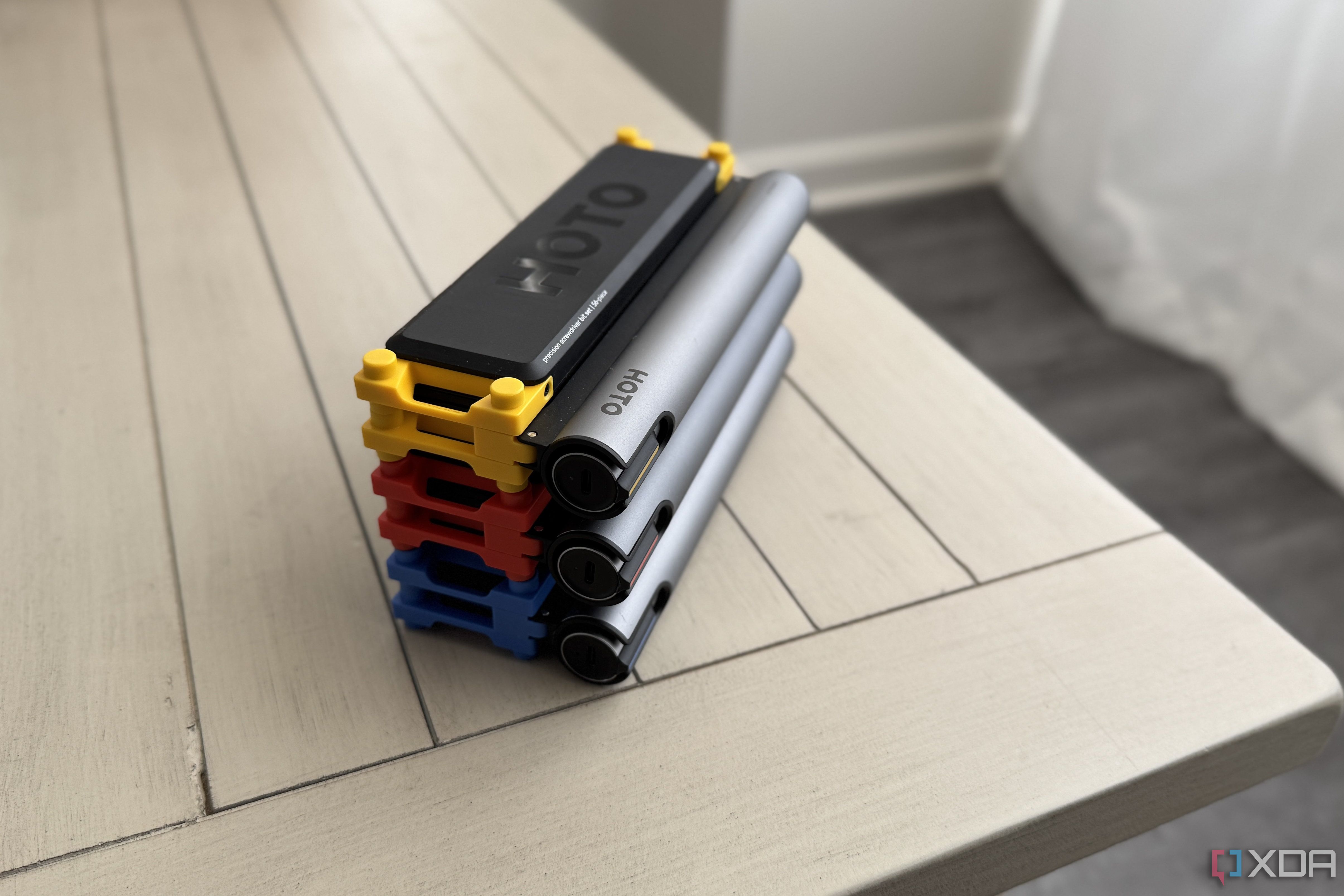






 English (US) ·
English (US) ·